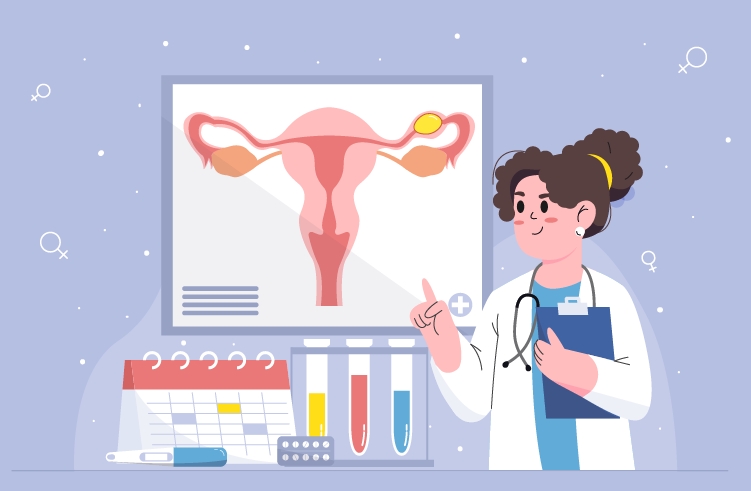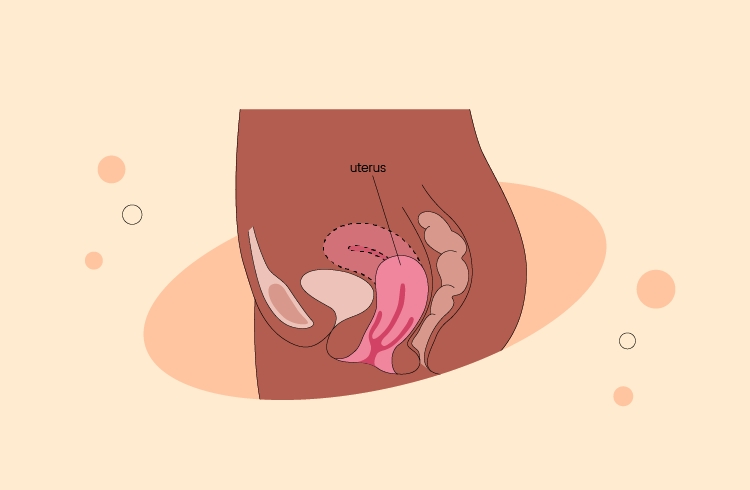Fertility Awareness Methods (FAMs) encompass various techniques to monitor menstrual cycles and identify fertile days to either conceive or prevent pregnancy. Also known as "natural family planning" or "the rhythm method," FAMs rely on understanding the body's natural fertility signs rather than using hormonal contraceptives or devices. By tracking factors like basal body temperature, cervical mucus consistency, and menstrual cycle length, individuals can determine when they are most fertile and adjust their sexual activity accordingly. FAMs offer a non-invasive, hormone-free approach to family planning, providing individuals with greater control over their reproductive health. Through diligent observation and tracking, FAM users can make informed decisions about contraception or conception based on their fertility patterns.
The Benefits of FAM as a Natural Birth Control Method

Fertility Awareness Methods (FAMs) offer a holistic and natural approach to birth control, empowering individuals to make informed decisions about their reproductive health.
1. Non-Invasive:
FAMs offer a non-invasive approach to birth control, as they do not involve any medications, hormones, or surgical procedures. Instead, they rely on observing and understanding natural fertility signs, such as basal body temperature and cervical mucus, to determine fertile and non-fertile days.
2. No Side Effects:
Unlike hormonal contraceptives, which can have side effects such as nausea, headaches, and mood changes, FAMs have no known side effects. This makes them a preferred option for individuals who wish to avoid the potential risks associated with hormonal birth control methods.
3. Cost-Effective:
FAMs are a cost-effective family planning option as they do not require the ongoing purchase of contraceptives or devices. Once individuals learn how to track their fertility signs effectively, they can continue to use FAMs without incurring additional expenses, making it a budget-friendly choice for contraception.
Different types of FAMs
Exploring Different Types of Fertility Awareness Methods (FAMs):

1. Basal Body Temperature (BBT) Tracking
Basal body temperature (BBT) tracking involves monitoring your body's temperature upon waking each morning. During ovulation, a woman's BBT typically rises slightly, indicating fertile days. This method requires diligence in taking your temperature at the same time daily and charting the results. While highly effective when done correctly, it demands consistent monitoring and education. For those seeking convenience, options like the digital Vinca2.0, which syncs with the Femometer app automatically, or Femometer's Smart ring for women (which requires no effort whatsoever - simply wear it at night!) offer user-friendly alternatives, saving time and eliminating invasiveness.
2. Calendar Method
The calendar method, also known as the rhythm method, involves tracking menstrual cycles to predict fertile days. This approach relies on the assumption that ovulation occurs around the same time each cycle. While it's a cost-effective method, relying solely on menstrual cycle predictions can be less reliable, particularly for individuals with irregular cycles.
3. Lactational Amenorrhea Method (LAM)
The Lactational Amenorrhea Method (LAM) is a natural contraceptive method utilized during the postpartum period, relying on breastfeeding to suppress ovulation. It's effective and comes with the added benefit of being cost-free. However, its effectiveness is directly linked to breastfeeding frequency and the absence of menstruation. As breastfeeding becomes less frequent and menstruation resumes, the reliability of LAM diminishes.
To ensure adequate protection from unplanned pregnancy, LAM has specific criteria that must be met:
Amenorrhea: The absence of menstruation.
Fully or nearly fully breastfeeding: This means no interval of more than 4–6 hours between breastfeeds. Frequent breastfeeding is crucial for maintaining the contraceptive effect of LAM.
Postpartum period: LAM is most effective within the first 6 months after childbirth.
Adhering to these guidelines is essential to maximize the effectiveness of LAM as a contraceptive method. Failure to meet any of these criteria increases the risk of unintended pregnancy.
Considerations and Challenges

In conclusion, fertility awareness methods (FAMs) offer individuals a safe and natural approach to family planning. While they can be highly effective when used correctly, they require a thorough understanding of fertility signs and consistent monitoring. Success with FAMs relies on education and diligence in tracking menstrual cycles and identifying fertile days.
One important consideration is that while FAMs can prevent pregnancy, they do not protect against sexually transmitted infections (STIs). It's essential for individuals at risk of STIs to use barrier methods like condoms in addition to FAMs to ensure comprehensive protection against both pregnancy and STIs.
Despite the challenges, FAMs provide individuals with greater autonomy over their reproductive health and offer a hormone-free alternative to traditional contraceptive methods. With proper education and commitment, FAMs can be an effective option for those seeking a natural approach to family planning.
Incorporating FAMs into your reproductive health routine requires dedication and patience, but the rewards of increased awareness and control over your fertility journey can be invaluable. By understanding the considerations and challenges associated with FAMs, individuals can make informed decisions and navigate their family planning journey with confidence.
This article is the original creation of Femometer. All rights reserved by Femometer Inc. To reproduce, distribute, or reference the content, please reach out to us in advance to prevent any potential legal issues. Copyright © Femometer Inc.










